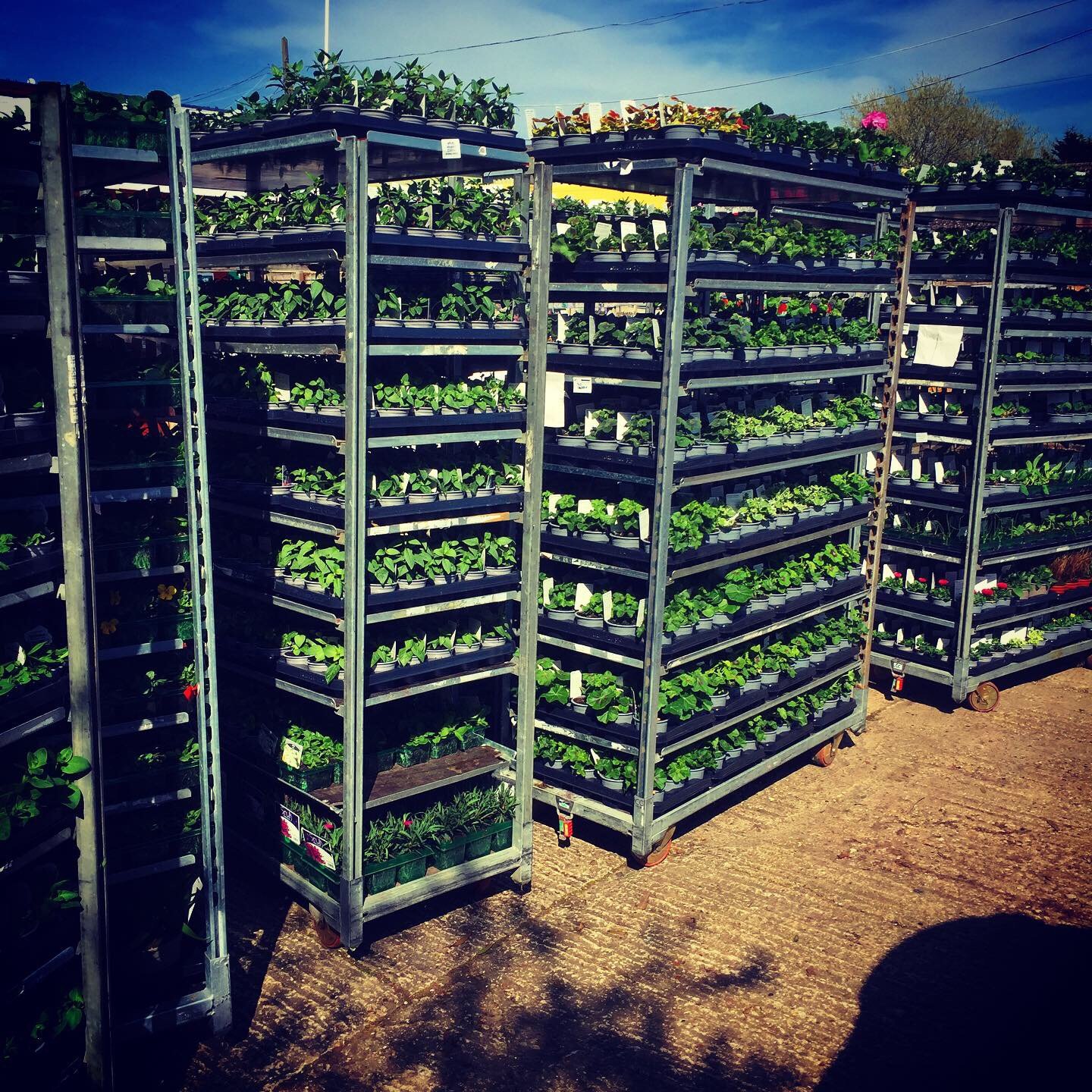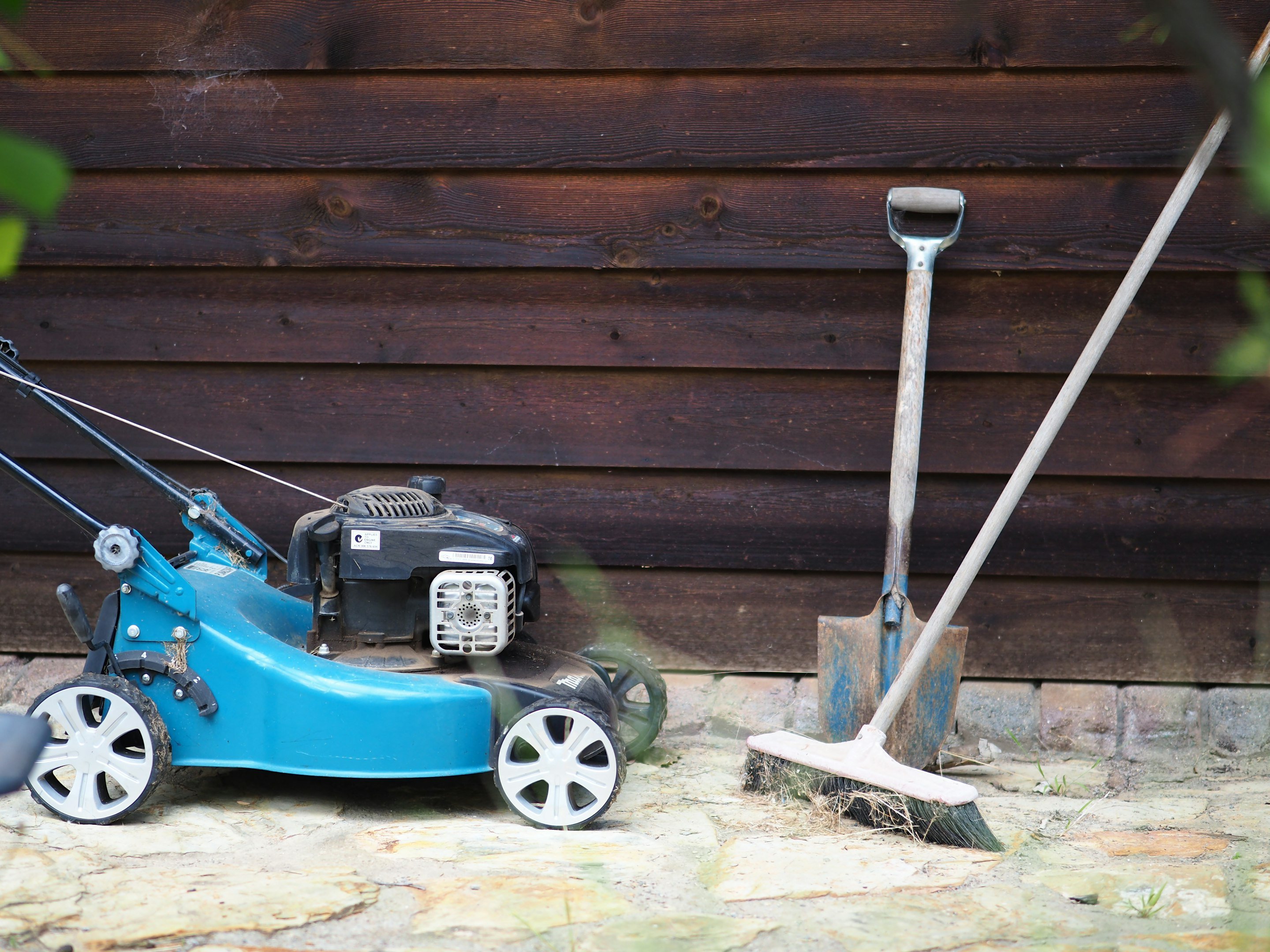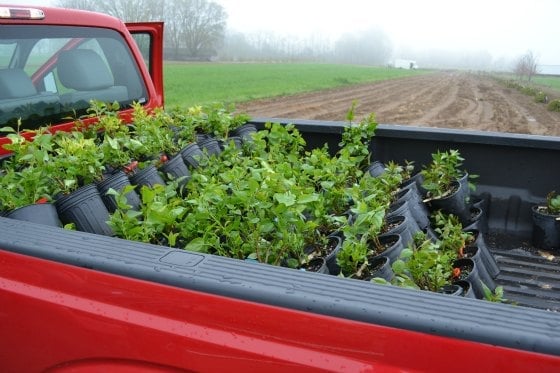Hedging
A hedge or hedgerow is a line of closely spaced shrubs and sometimes trees, planted and trained to form a barrier or to mark the boundary of an area, such as between neighbouring properties. Hedges that are used to seperate a road from adjoining fields or one field from another, and are of sufficient age to incorporate larger trees, are known as hedgerows. Often they serve as windbreaks to improve conditions for adjacent crops. When clipped and maintained, hedges are also a simple form of topiary.
A lot of popular shrubs can be used as a hedge, such as laurel, photinia, taxus (yew) and viburnum tinus. These provide an evergeen alternative to a fence or wall. There are many traditional hedging plants such as ligustrum (privet), crataegus (hawthorn) and fagus (beech) which will offer a changing boundary line as their appearance shifts with the seasons.
Plants such as pyracantha (firethorn) and crataegus are great for security as they have vicious thorns that would deter any intruder.
We must not forget the much maligned conifer cupressus leylandii. This plant receives a lot of bad press mostly caused by people who do not maintain them properly. The leylandii is a perfect quick growing evergreen hedging plant which will not turn into a monster if pruned two or three times a year.
We receive the vast majority of our hedging plants in late Autumn, which is a great time for planting though anytime up to the end of March is fine. Most are sold in pots of five 'whips' though larger hedging plants such as laurel and photinia's are sold individually. If you are doing a large hedging project then it's probably best to buy early in the season to guarantee availability. We tend to have good stocks through to March, after that availability can become difficult.



